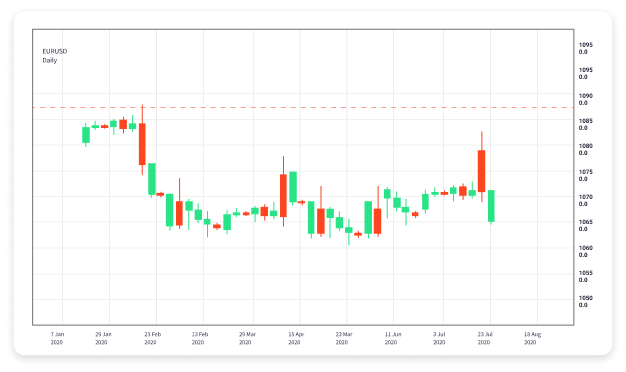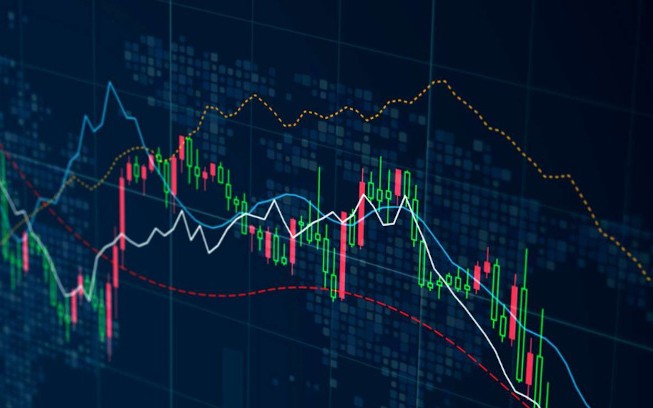Understanding Forex Trading Platforms A Comprehensive Guide 1771955172

In recent years, the world of financial trading has seen a significant shift towards online platforms. Among these trading arenas, Forex trading stands out as one of the most popular, attracting traders from all over the globe. But what exactly is Forex trading, and how do trading platforms come into play? In this guide, we will delve into the essentials of Forex trading platforms, exploring their features and what you should consider when selecting the right one for your trading needs. Additionally, you can find more options by visiting platform trading forex Best MT5 Platforms.
What is Forex Trading?
Forex trading, or foreign exchange trading, is the process of buying and selling currencies in the global marketplace. The Forex market is the largest and most liquid financial market in the world, with a daily trading volume exceeding $6 trillion. Unlike traditional stock markets, which operate within specific hours, the Forex market is open 24 hours a day, five days a week, providing traders with the flexibility to execute trades at any time.
The Role of Forex Trading Platforms
Forex trading platforms are software applications that enable traders to buy and sell foreign currencies through a broker. These platforms provide a user-friendly interface for managing trades, accessing market data, and analyzing financial situations. They also come equipped with charts, technical indicators, and tools that help traders make informed decisions.
Types of Forex Trading Platforms
Forex trading platforms can be categorized into several types, depending on their functionality and features. The primary types include:
- Web-Based Platforms: Accessible from any device with an internet connection, these platforms are convenient for traders on the go.
- Desktop Platforms: Installed on a PC or laptop, these platforms often provide more comprehensive analysis tools and features.
- Mobile Platforms: Allow traders to manage their accounts and execute trades directly from their smartphones or tablets, offering flexibility and convenience.
- Algorithmic Trading Platforms: Designed for automated trading based on predefined criteria, allowing traders to execute orders without manual intervention.
Key Features of Forex Trading Platforms
When choosing a Forex trading platform, there are several key features to consider:
User Interface

A well-designed user interface is crucial for efficient trading. The platform should be intuitive and easy to navigate, allowing traders to place orders quickly and access crucial information without confusion.
Charting Tools and Analysis
Comprehensive charting tools and analytical resources are essential for effective trading decisions. The platform should offer a variety of technical indicators, timeframes, and chart types to cater to different trading strategies.
Order Execution Speed
In Forex trading, timing is everything. A platform’s order execution speed can significantly impact the profitability of trades. Look for platforms that offer fast and reliable order execution to minimize slippage.
Account Management
Effective account management tools can enhance a trader’s experience. Features like account tracking, performance analysis, and reporting can help traders keep an eye on their trading activities and adjust their strategies accordingly.
Security Measures
Security is paramount when it comes to online trading. Ensure that the platform employs strong security measures such as two-factor authentication, data encryption, and secure payment gateways to protect your information and funds.
Things to Consider When Choosing a Forex Trading Platform
With countless Forex trading platforms available, finding the right one can be challenging. Here are some factors to keep in mind:

Regulation and Licensing
Ensure that the Forex platform you choose is regulated by a reputable authority. This regulation offers protection and ensures that the broker adheres to industry standards and practices.
Available Currency Pairs
Different platforms allow trading on various currency pairs. Check to see if the platform supports the currency pairs you wish to trade, as this can affect your trading strategy.
Trading Costs
Analyze the fee structure associated with each platform. Look at spreads, commissions, and any other hidden costs that may apply to your trading activities. Lower costs can lead to better profitability in the long run.
Customer Support
Efficient customer support is crucial, especially when you’re trading in real-time. Look for platforms that offer multiple channels of customer service, including live chat, email, and telephone support, to assist you with any issues that may arise.
Educational Resources
Many reputable trading platforms offer educational resources to help traders improve their skills and stay informed about market trends. Look for webinars, tutorials, and market analysis as part of the platform’s offerings.
Conclusion
Choosing the right Forex trading platform is a critical decision that can affect your trading success. By considering the features discussed in this guide, along with your unique needs and preferences, you can select a platform that enhances your trading experience. Remember to do thorough research, compare different platforms, and, if possible, take advantage of demo accounts to test the platform before committing. Happy trading!
